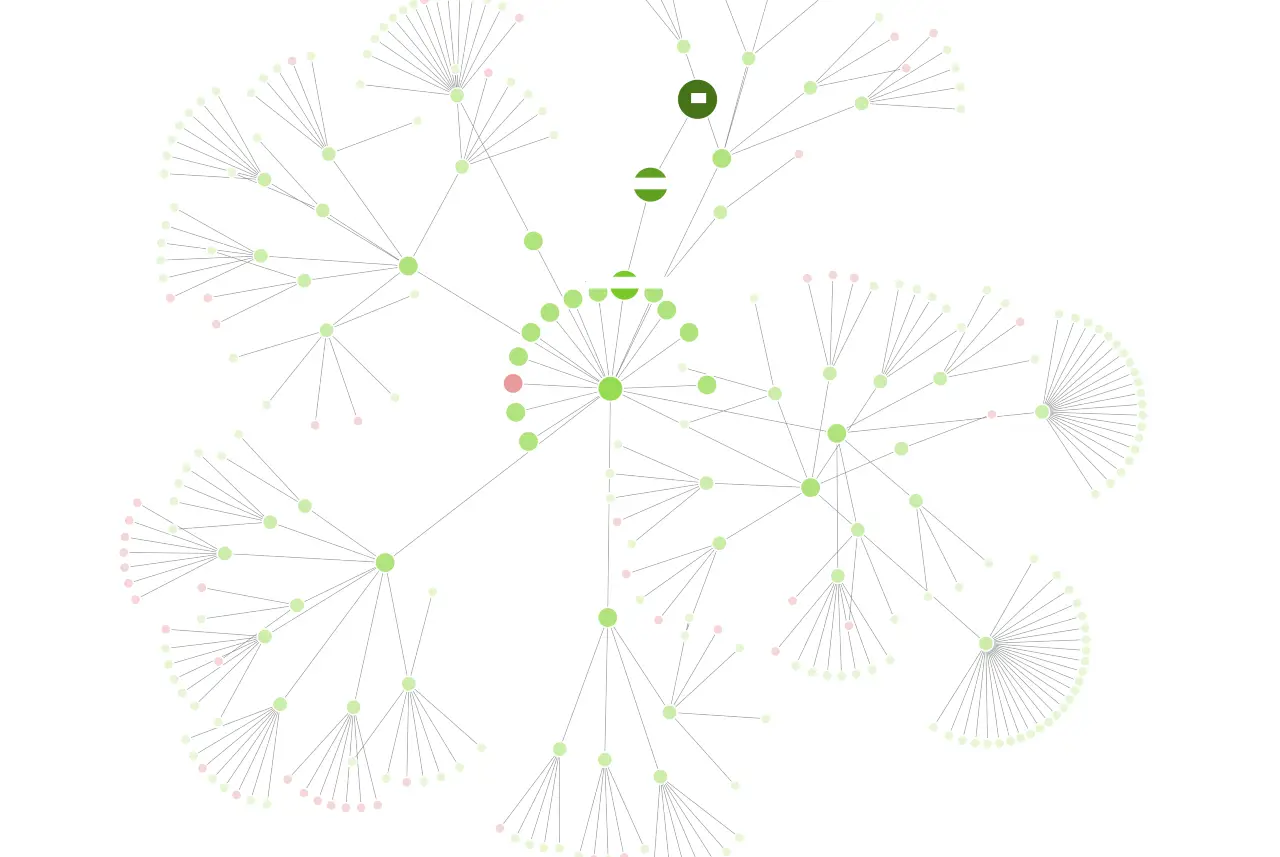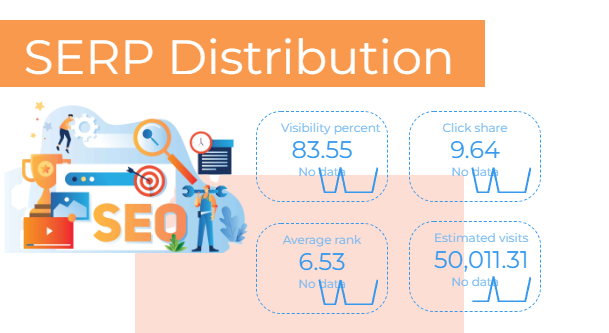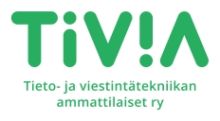Content Cluster Approach to Digital Marketing Performance

Vivek Kumar, Product and Service Design Lead
Preamble
There’s lots that has been written about content performance and it’s inseparable impact on digital marketing. A big part of it has been tied to, how it affects each stage of funnel performance and it’s effectiveness in pushing the leads down the funnel.
This post will not focus on content marketing. However, the idea is to create a skeleton that will allow us to understand how a content themed around different search intent, tends to affect the bottom line; the revenue.
We will try to take a linear and non-foggy approach to it. Although let’s face it, it’s never a linear and straight forward situation when it comes to digital marketing performance. If you are a digital marketer, you might want to add your own complexities, suited to your needs and desire in this approach.
Desired Achievable Outcome
Obviously as mentioned above we want to find a simple way to measure the impact of content clusters on revenue and in order to do so, we need few basic measurable Google Analytics metric, for example, revenue or Goal value or Page Value etc.
Content Clusters

Content Cluster – Screaming frog – Force-Directed Directory Tree Diagram
For the sake of this post we will consider a hypothetical online clothing store.
In a typical online clothing store, we can see the site structure broken down to cater to Men, Women and Kid categories, which are further broken down to their respective subcategories. Example: Men > Jackets and Coats, Men > Shirt etc and this already is a good start.
Desired impact metric
In our case as we are focused on a hypothetical clothing store, we assume that e-commerce tracking is setup for different products. Obviously in other cases, metrics like Goals and Goal value etc. could be used.
Underused – Content Grouping in GA
Perhaps one of the most underused feature of GA is ability to group pages as part of a Content Group.
Setting content grouping is quite easy and we won’t be showing that here. However, preparing the data can get tough and tedious for a big site, but the reward is worth the effort.
Once this is setup correctly, we can either use native analysis within GA or perhaps bring this data into Datastudio. One reason, I like to use Datastudio, is because it allows me to get other data sources to enrich the analysis and set right actionable priorities. More on this a little bit later.
A quick output might look something like this:
Analysis and further extension
Now that we have setup the Content Cluster, we can start using them to get into more detailed analysis.
Example, slap different channel grouping to understand the impact of each channel on revenue impact. Further more you can add cost of each channel (get deeper and add campaign level cost) to understand the ROI of each channel and understand which channels are working well and which are lagging behind.
Alternatively we can also get insights into dividing the channel cost based on the revenue impact of each category.
Furthermore, mapping different keywords to landing pages in the content group will allow for better SEO monitoring and performance variation of clusters. And it lets us understand how each cluster is doing viz a viz the competition and what’s the market share impact at each cluster level. Hence allowing you to consider visibility and market share in relation to the revenue impact.

Bring it all together
Some of the interesting outcome of this approach is that it allows you to understand which is your profitable category. Furthermore it allows for better distribution of marketing budget across different channels.
And if you go further, it can help you unravel the competition, market share and will allow you set right priorities based on cluster performance and cluster gap.
Another area of this approach would be to help setup forecasts and identify, time, resources and budget needed to meet the targeted forecast.

Let Kiva help with your Digital Marketing Performance
Do you want to know how we at Kiva use this approach to bring unmatched insights to our clients, then get in touch with us today! Vivek and our team is happy to help you.

















































